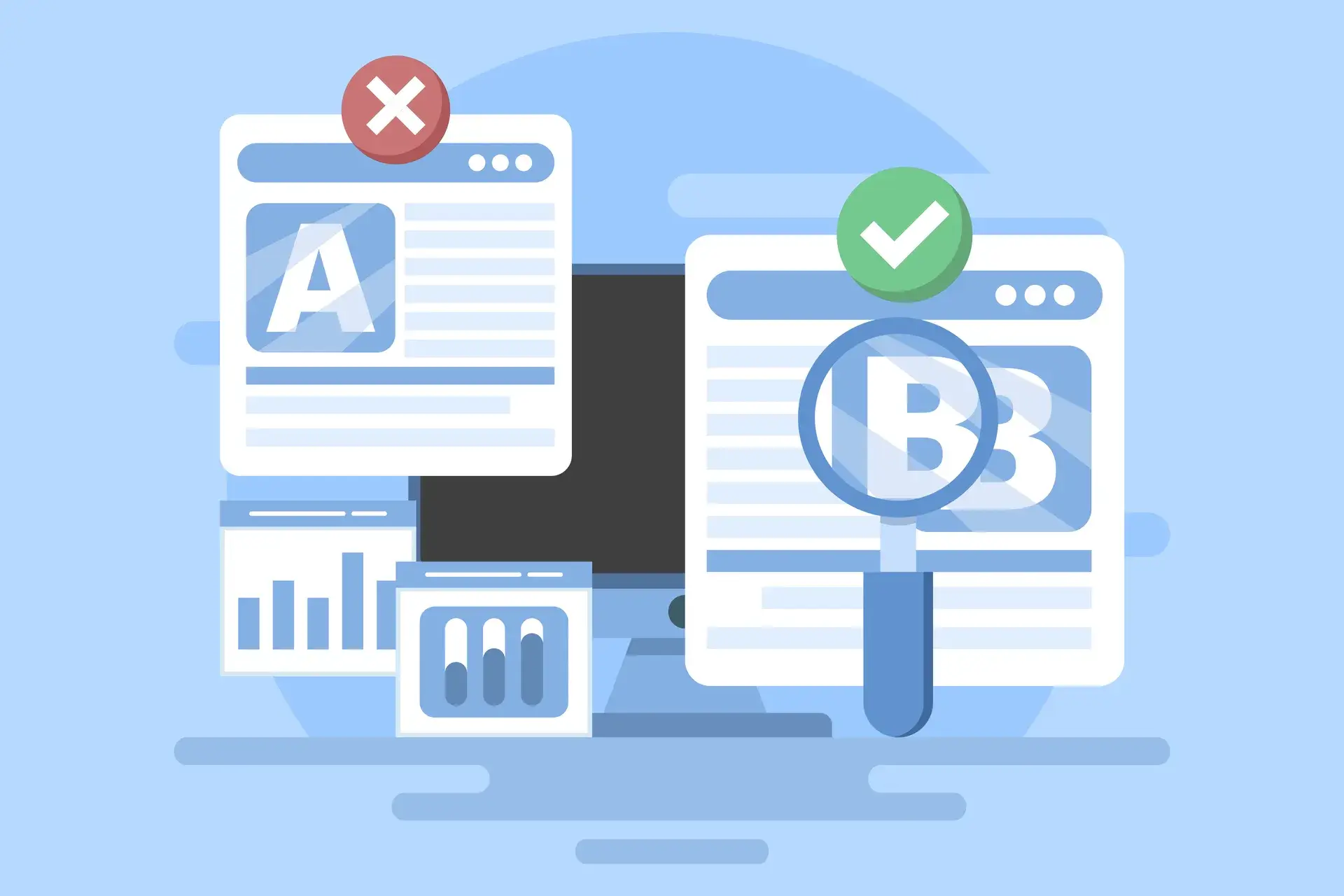Conversion tracking statistics are essential for evaluating the effectiveness of your online marketing campaigns. By analyzing these metrics, businesses can make informed decisions that lead to improved ROI and better overall performance. In this guide, we'll delve into the key aspects of conversion tracking statistics, how to analyze them, and the tools available to maximize your marketing strategy.
What is Conversion Tracking?
Conversion tracking involves measuring the actions taken by users after interacting with your website or advertisements. This can include purchases, sign-ups, downloads, and other desired actions. Accurately tracking conversions allows businesses to understand which marketing channels drive the most valuable interactions.
Importance of Conversion Tracking Statistics
Understanding conversion tracking statistics is vital for:
- Measuring Campaign Performance: Identify which campaigns yield the best results.
- Optimizing Marketing Spend: Allocate budgets effectively based on performance data.
- Improving User Experience: Understand user behavior and tailor the website to meet their needs.
- Enhancing Future Campaigns: Use historical data to refine and improve future marketing strategies.
Key Metrics to Analyze
When evaluating conversion tracking statistics, focus on these key metrics:
- Conversion Rate: The percentage of users who complete a desired action out of the total visitors.
- Cost Per Conversion: Total spend divided by the number of conversions, indicating the cost-effectiveness of campaigns.
- Traffic Source: Understanding where your conversions are coming from helps optimize specific channels for better performance.
- Return on Investment (ROI): The revenue generated from conversions compared to the amount spent on a campaign.
Tools for Tracking Conversions
Several tools can help you track conversions effectively:
- Google Analytics: A robust tool that provides comprehensive data on website performance and user interactions.
- CRM Software: Tools like HubSpot or Salesforce can track conversions related to customer interactions across multiple touchpoints.
- Tag Management Systems: Tools like Google Tag Manager simplify the process of managing and deploying tracking codes without altering website code.
How to Implement Conversion Tracking
To set up conversion tracking:
- Define what constitutes a conversion for your business.
- Choose the appropriate tracking tool based on your needs.
- Implement tracking codes on relevant pages or events.
- Regularly review your conversion statistics to monitor performance and adjust strategies as needed.
Conclusion
Conversion tracking statistics are crucial for understanding the effectiveness of your online marketing efforts. By closely monitoring key metrics and utilizing suitable tools, you can optimize your campaigns for improved performance and higher ROI. At Prebo Digital, we specialize in conversion rate optimization and can assist you in setting up and analyzing conversion tracking to enhance your overall strategy. Ready to boost your conversions? Contact us today!




